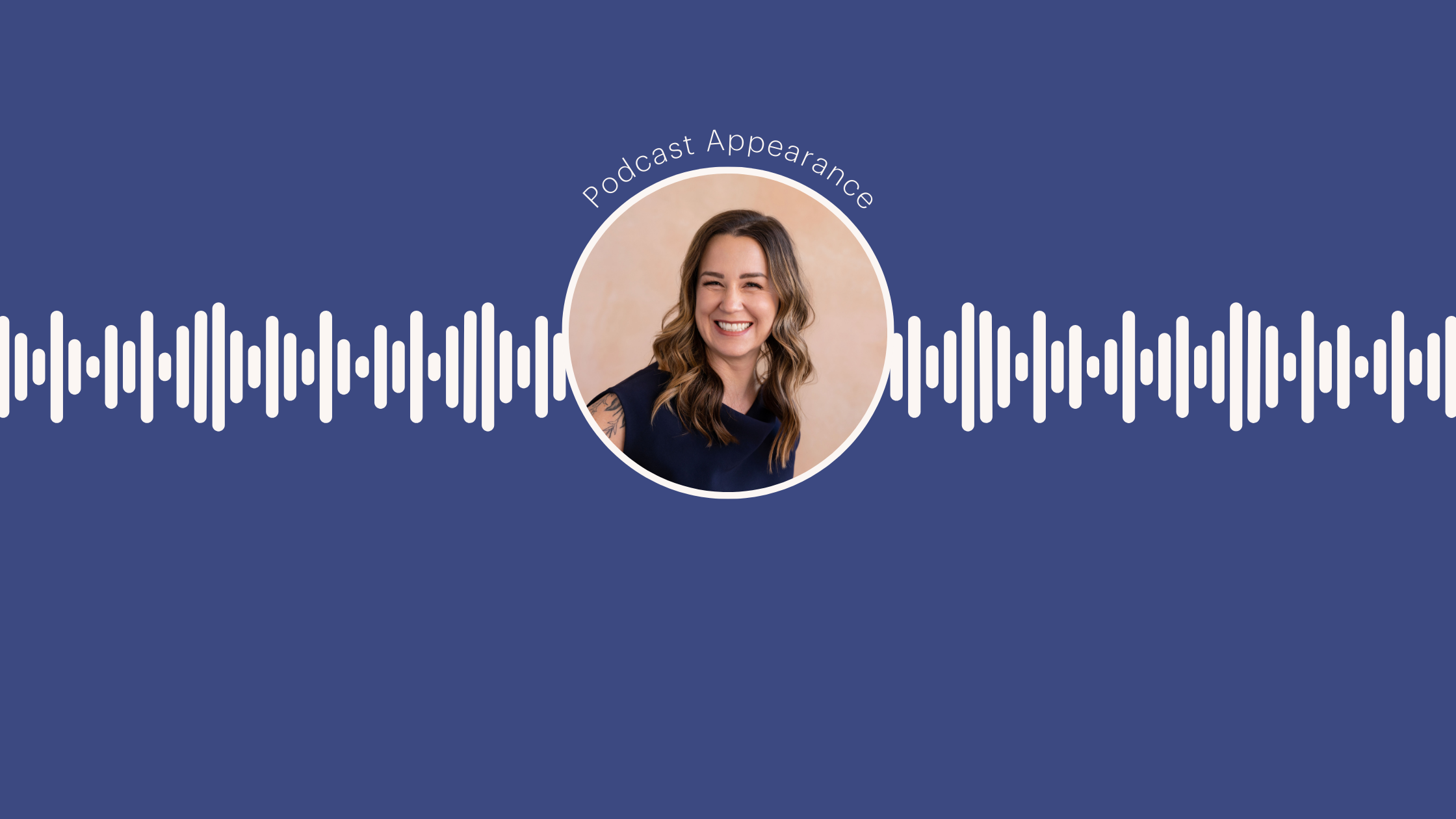How to Crush Your Email Marketing Stats
7 best practices to fuel open- and click-worthy email marketing campaigns
Don’t judge me: There are 600+ unopened emails in my inbox every day. That doesn’t mean I didn’t open others. I’m always game for some eye-catching news, celebrity gossip or special offers. I probably cared about what these unopened emails said at some point. But now, these sad little emails collect dust until they hit my virtual trash can.
As a content marketer, this pains me. I know how much time, money and effort goes into creating email marketing campaigns. So, if you’re not seeing average or above average open rates and click-through-rates while keeping unsubscribes low, it’s probably time to do things differently.
Hit the reset button on your email campaigns
Email marketing is all about giving your audience something they value. This exchange keeps you top of mind when it matters. It reduces sales churn. It can even drive crazy profits. That is, if you can get people to open the email in the first place.
Many of our clients crushed their email marketing goals this month. One B2B client achieved an open rate of 43.7 percent. Another hit 21.9 percent. And yet another nailed a 20.8 percent for their newsletter. They didn’t just rock the 13.9 percent industry average. They crushed it.
We’re here to help other brands do the same. Dive into this recap of some of the practices we’ve applied to help our clients achieve stellar email marketing stats.
1.Map out an editorial strategy
Many organizations make the mistake of sending out email after email without a content mission or editorial strategy. Your strategy acts as a guiding light, ensuring you provide the right content, to the right people, at the right times and for the right reasons.
To do this, you have to plan ahead and answer core questions like:
- What are our current business objectives? Are we looking to obtain new leads, close new sales, increase repeat sales, boost event attendance, etc. Your goals influence your email approach.
- Who is our audience? What are their needs and challenges?
- What types of information are useful to our audience?
- What makes our content special and click-worthy?
- How often should we be emailing them– daily, weekly, monthly, quarterly?
As you plan, remember you need to deliver value before extracting it. An editorial calendar filled with product promos won’t work, unless you’re a brand called Groupon. Create email content that answers your customers’ most pressing questions, gives them awesome advice or tells good stories about other customer. It’s simple: If they get to know and trust you, they’re more likely to buy from you.
2. Let go of stale subscribers.
Everyone wants a big list, but don’t hold onto inactive subscribers for the sake of a number. Inactive subscribers are defined as people who haven’t opened an email from you within the past year. Maybe they’ve changed their email account. Or they just aren’t that into you anymore.
Before you dump them, try sending a last-ditch “We miss you…” email to re-engage them. If they don’t respond, move on.
3. Boost your storytelling.
Many marketers think the subject line makes or breaks email success. It plays a role, but we tend to think the content within your newsletter is even more important. If we can make magic on the inside and build subscriber anticipation, a compelling subject line comes easy.
What separates the good email content from the bad? Storytelling. Storytelling is the currency of our lives and connects people to each other in emotional ways. When applied to email marketing, it puts corporate speak aside and pushes you to create content that speaks to your audiences’ needs. Instead of driving people to a product page, consider linking to valuable resources like videos, educational blogs, a free eBook or a webinar.
Another tactic we’ve implemented with our client, Entrepreneurs’ Organization, is adding a poll question to each monthly e-newsletter. Not only does it give the audience a fun, interactive experience, but it provides us with valuable data to report back on in next month’s issue.
4. Avoid blah subject lines
Now to the oh-so-important subject line. My inbox is littered with similar-looking subject lines all boasting a great discount, surprise or something I “need to know.” Sorry, not interested.
Your subject lines need to stand out in a sea of sameness. Here are some tips:
- Evoke FOMO (Fear of Missing Out) and curiosity by adding an element of time sensitivity or scarcity.
- Use fun, joking or conversational language that subscribers themselves use. Talk to them like a friend.
- Offer an incentive. Whether it’s a discount, a fun fact, secrets to success or a free piece of content, people respond to getting something of value. You want to tell me how to get rich quick? Look younger? Save the world? Sign me up.
5. Optimize your send frequency and timing
Some subscribers enjoy your consistent emails, but don’t overdo it. Like me, many people unsubscribe because they get bombarded with the same emails all day long. You may need to dial back your frequency based on the type of business (B2B vs. B2C), your objectives and engagement rates. Sometimes, a little distance makes the subscriber’s heart grow fonder.
Another tip: Nail down your prime scheduling time. Review your stats and industry standards to identify what times of day/week deliver the highest engagement rates.
6. Reward your loyal followers
Show some love to the active subscribers who’ve stayed true to you all along. Beyond your most loyal customers, these are your strongest relationships. It’s important to transform them from just subscribers into customers and brand ambassadors.
If you can’t reward them with a discount, offer a piece of valuable content like a free eBook or guide. And, saying “Thank you” through a compelling visual like a video or graphic goes a long way.
Hopefully, applying some of these practices helps you optimize your email efforts. Give yourself some room to experiment and identify the tactics that work best for you and your audience.
About the Author
Alex is the Content Manager at Muse. In this role, she develops editorial strategies brand stories and press pitches that fuel Muse clients’ marketing activities. Prior to Muse, she worked as a content marketer and strategist for nonprofits and large corporations, including University Hospitals, Flash Seats® and the Council of Smaller Enterprises (COSE). She earned her Master’s and undergraduate degrees from University of Dayton.
More Good Reads

Modern Wellness Customer Personas: 2024
How to target different wellness motivations of consumers in 2024.

Marketing for Wellness Brands: Learn How to Change Your Audience’s Mindset
Attract more patients with marketing for wellness brands that uses strategies & communication focused on positive change.

